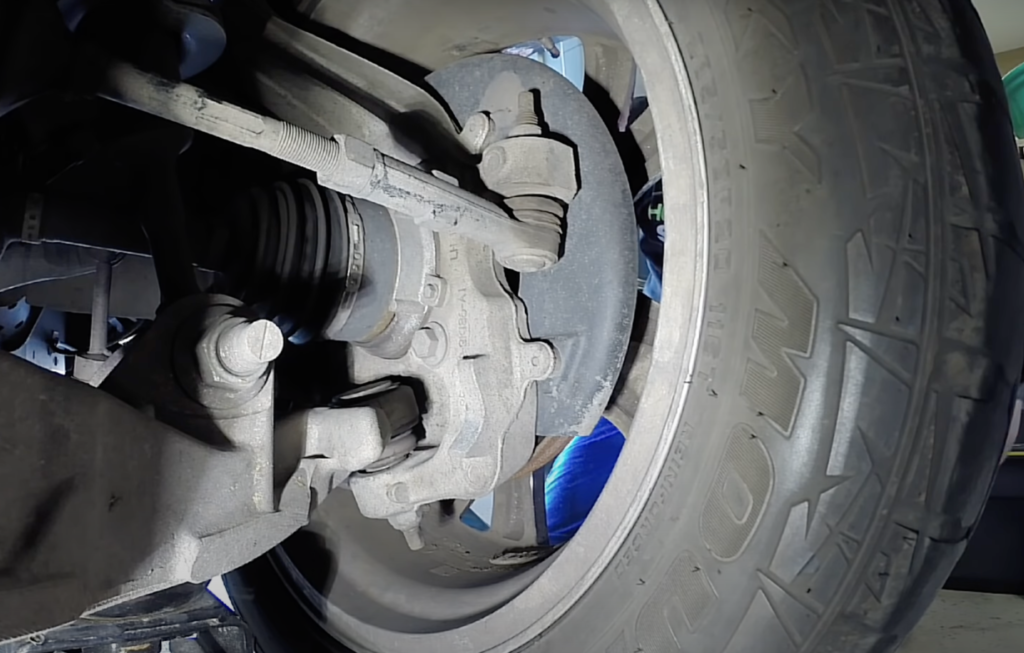Vehicle Ball Joints
What are they?
Vehicle ball joints are critical components of the suspension system that provide a pivotal connection between the control arms and the steering knuckles. They allow for smooth and controlled movement of the wheels and smooth and solid movement in the suspension. The front suspension of most cars has at least lower ball joints and in some cases upper ones as well.
Ball Joint Function and construction
Ball joints serve two primary functions in the suspension system. Firstly, they enable the wheels to pivot and turn in response to steering input. Secondly, they allow the wheels to move up and down in response to road imperfections, providing a smooth and controlled ride.
Construction: Ball joints consist of a spherical bearing enclosed within a metal housing. The bearing is typically made of steel and consists of a ball stud and a socket. The ball stud attaches to the control arm, while the socket is connected to the steering knuckle.
Types of Ball Joint Types of Ball Joints
There are two main types of ball joints found in vehicles:
Lower Ball Joints: Located on the bottom portion of the front suspension, lower ball joints support the weight of the vehicle and are subject to significant forces during braking and cornering.
Upper Ball Joints: Positioned on the top part of the front suspension, upper ball joints primarily assist in maintaining proper alignment and stability of the front wheels.
Maintenance and Replacement
Ball joints are typically sealed and lubricated during manufacturing and are considered non-serviceable components. When they exhibit signs of wear or failure, they should be replaced as a complete unit since they cannot be easily repaired or re-greased.

Signs of Ball Joint Wear or Failure
Clunking or Knocking Noises:
One of the most noticeable signs of worn or failing ball joints is a clunking or knocking noise coming from the front suspension. The noise is often most prominent when driving over bumps or during turns.
Excessive Play or Looseness:
Worn ball joints can develop excessive play or looseness, causing the affected wheel to have noticeable movement. You may feel a sense of looseness or instability in the steering, particularly when going over uneven surfaces.
Steering Instability:
As ball joints wear out, they can affect the steering stability of the vehicle. You may experience a drifting or pulling sensation, where the vehicle has difficulty maintaining a straight line or keeping proper alignment.
Uneven Tire Wear:
Failing ball joints can lead to abnormal tire wear patterns. If you notice uneven wear on your tires, particularly on the front tires, it may indicate a problem with the ball joints.
Vibrations:
Worn ball joints can result in vibrations that are felt through the steering wheel or the vehicle’s chassis. These vibrations may be more pronounced at higher speeds or during maneuvers.
Steering Difficulty:
As ball joints deteriorate, they can make steering more difficult or less responsive. You may notice increased effort required to turn the steering wheel, especially when making tight turns.
Visible Damage or Movement:
If you visually inspect the ball joints and notice any signs of damage, such as tears, cracks, or excessive play, it is an indication that they need attention.
It is important to note:
It’s important to note that the above signs can also be indicative of other suspension or steering system issues. If you notice any of these warning signs, it is recommended to have your vehicle inspected by a qualified mechanic at your local garage


